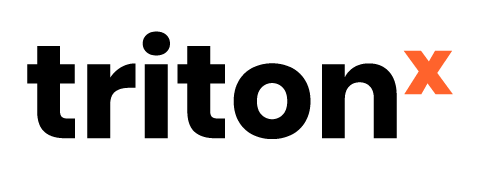If you want a customer in the store to fill in their information, the main thing is that it has to be very fast and effortless. Depending on the person and their haste, ten seconds may already be too much. This has to do with the fact that your employee is asking something of them, while they are already a buying customer. Now in addition to paying, they have to do something extra for you and that falters.
This increases the employee’s threshold for asking. A short “I don’t have time” from the customer towards the employee will then already cause the customer not to register. With the new Offline Onboarding module, the bumps in this in-store registration process are smoothed out. The customer is given less reason to say ‘no’ and thus it becomes a lot more comfortable for the employee to ask the customer for his or her details.
Why is onboarding so important?
The importance of onboarding is pretty obvious: if the customer doesn’t register, you can’t approach that customer and you won’t find out more about him. It is easier to get a buying customer – a customer who has already bought from you – to make a repeat purchase than to acquire a new customer. In marketing terms, registration/onboarding creates a higher Customer Retention Rate (CCR) and a higher Customer Lifetime Value (CLV).
Throughout the entire period that that customer buys from you, you’ll also be gathering information about them, allowing you to tailor your marketing more specifically to that customer. Is he or she sensitive to discounts? Do they only buy from you in the spring? Do they always buy a lot at once? All information that you can only collect if they register, which you can use in future marketing activities.
So getting that customer registered is of great value. And lowering the barrier to do that is an important part.
Offline onboarding made more accessible
First of all, with tritonX’s Offline Onboarding module, every customer who enters their data is immediately in tritonX. But in addition to being linked, the onboarding process has also been made easier. To do this, we have tinkered with a few things: for example, we have added a number of times when the customer can onboard. Whereas previously an employee could only ask and fill in the customer’s data during a purchase, now it can also be done before and after the purchase. In addition, with the module we ensure that the customer fills in his data himself, so it does not become a time-consuming moment at the checkout. Everything is made easy by scanning a QR code.
Customer registration before purchase
Place a QR code in the store saying, for example, “Want 10% off? Scan me!” This QR code leads your customer to the sign-up page on your website where the customer can complete their registration themselves, even before that customer has made a purchase in the store.
Customer registration during purchase
During the checkout process, you can display the QR code on a second screen. The customer can scan this code, which redirects them to a registration page. The barrier-reducing feature is that the customer can complete the registration while the associate handles the purchase. This purchase – with any discount or points earned by the customer through registration – is immediately linked to the new customer profile. Win-win and no wasted time. Scanning the QR code can also optionally be replaced by sending by SMS with link.
Customer registration after purchase
Then it is also possible that the customer completes his registration after the purchase. The employee then only enters a zip code, house number or mobile number. On the receipt, a QR code is printed that allows the customer to complete the data at a later time. Make sure there is a reward in return – extra points or a cashback, for example – so that the customer does feel the urge to add the data later.
Extra motivation
Of course, this module helps in the onboarding process, but your employees are obviously the most important part in getting customer data.Therefore, make sure they stay motivated as well. For example, set up a contest to see which employee gets the most customer data and award prizes to the winner. This way you make it easy (with tritonX) and fun.



Comments are closed.